Celebrating World Lion Day: Did You Know India's Lions Were Nearly Extinct In 19th Century?
- Sayan Paul
- 1 year ago
- 3 minutes read

By the late 19th century, hardly a dozen Asiatic lions were left across the wild in India.
"On World Lion Day, I compliment all those working on Lion conservation..." - Narendra Modi
We, the humans, are extremely self-centered... you know! In our never-ending quest to dominate the planet, we have put almost every other species at risk, including the majestic lions. Just a few centuries ago, there were thousands of Asiatic lions roaming freely in the wild across India. And now the number stands at a little more than 700, with most of them living in the Gir Forest, India.
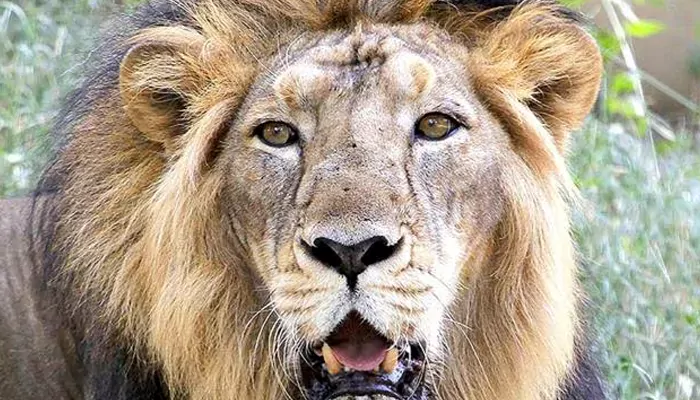
This, without an iota of doubt, is alarming in terms of ecological balance. However, what's also worth noting is the situation is improving thanks to various measures taken by the Indian government. You would be surprised to know that our total lion population was literally on the brink of extinction in the late 19th century. Today, on World Lion Day, let's have a throwback to that time.
When Lions Reigned Supreme In The Indian Subcontinent
The majestic Asiatic lions once roamed freely in the eastern, western, and central parts of the Indian subcontinent. And their population was estimated to be hundreds of thousands during the 16th century.
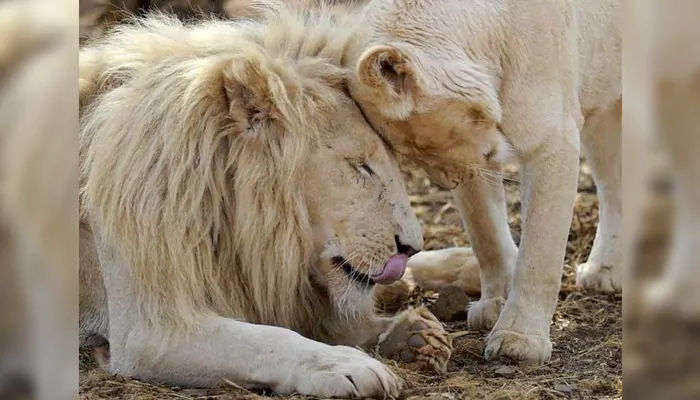
According to a report by the Gujarat Forest department, titled 'Asiatic Lion: A success story — Recapturing the lost Kingdom', "Historically, Asiatic lions roamed over the entire Indo-Gangetic plains, from Sindh in the west to Bihar in the east".
The Declining Lion Population - And Then Near Extinction
The situation started changing drastically in the 17th century. The Mughals and the Rajputs became obsessed with hunting, and killing lions was considered the biggest symbol of power and courage at that time. According to a report, Mughal emperor Jehangir and his companions killed seven lions between March and May of 1610. And in his entire lifetime, he hunted hundreds of lions along with other animals and birds.
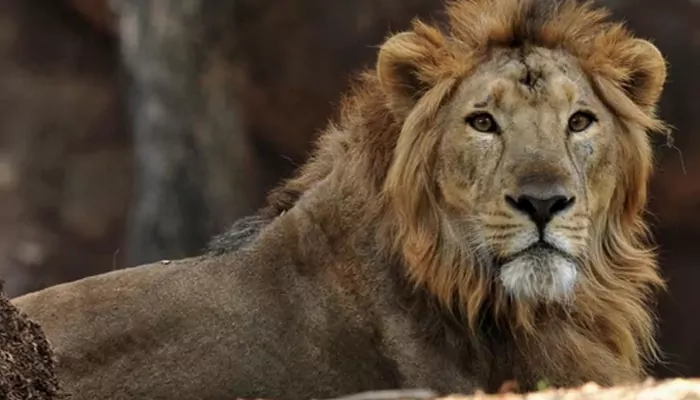
The situation even worsened throughout the 18th and 19th century - during the British colonial rule. Hunting became a popular sport at that time among British officers and Indian rulers. They used to organize elaborate hunting affairs, involving large groups of people, focusing mostly on the majestic Asiatic lions. As a result, the lion population declined enormously with time.
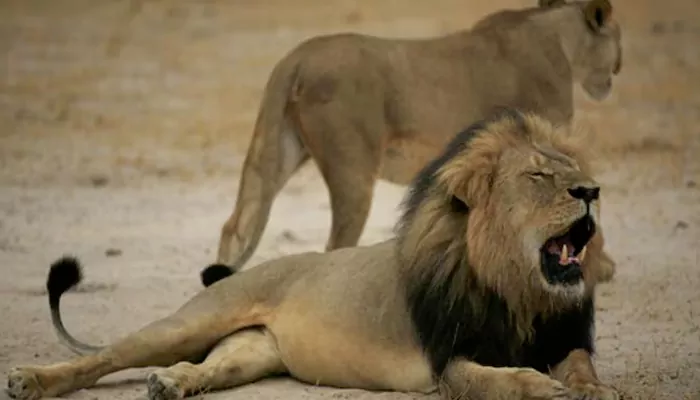
And by the 1880s, there were hardly a dozen lions left in the wild in India.
The Revival Story
Mahabat Khan, the sixth Nawab of Junagadh, first recognized the issues regarding the declining lion population. In 1879, in an effort to protect those animals, he banned hunting without special permission in his kingdom. Several other rulers across India followed in his path with time.
The British government also made some conservation efforts during the early 20th century. However, a systematic approach was taken by the Indian government nearly two decades after independence. In 1965, they set up a wildlife conservation program for Asiatic Lions and declared Gir a sanctuary exclusively for the protection of the Asiatic lion. And that turned out to be a turning point!
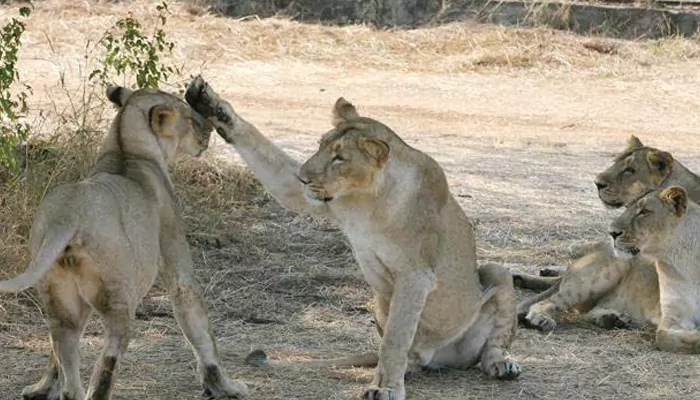
There were about 177 lions in India when the initiative was taken. And according to data in 2020, the number grew to 674. Now, it's over 700!
Notably, the Asiatic Lion Reintroduction Project is an initiative by the Indian government that is committed to protecting Asiatic lions from extinction.
World Lion Day, celebrated annually on August 10, reminds us that lions do matter! It's highly important to make continuous efforts to safeguard these creatures, paving the way to a better future!











.webp)
